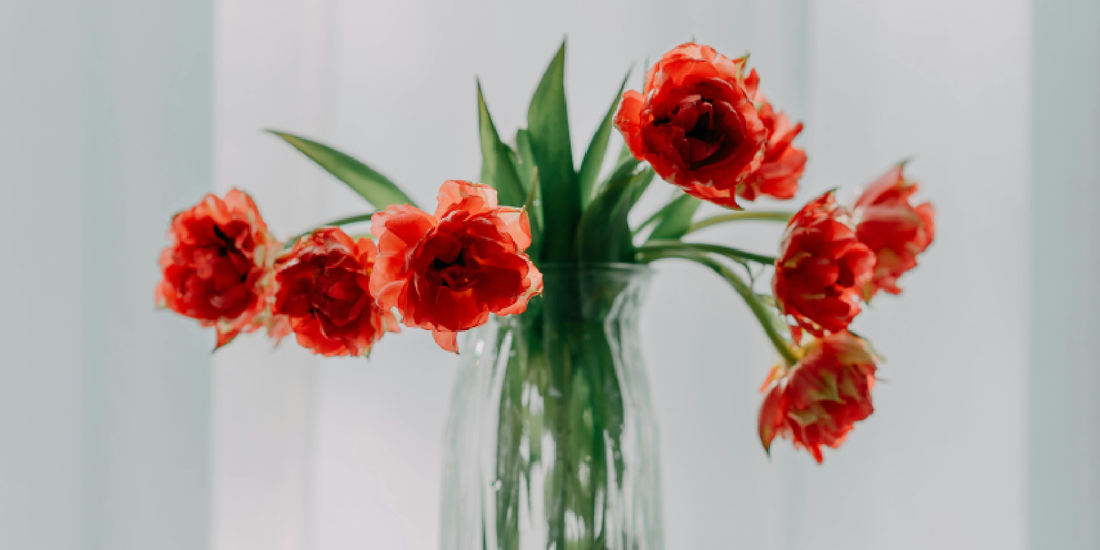
How to Add a Humidifier to Your Indoor Garden
Share
Indoor gardening has become a cornerstone of modern living, especially in compact urban spaces where access to outdoor soil and sunlight is limited. Brands like amoyls design innovative plant solutions, such as the VerdantGlow S-Shaped 8-Tier Plant Shelf with Grow Lights, to make gardening convenient, stylish, and efficient. Yet even with grow lights, well-organized shelving, and nutrient-rich soil, one critical element often gets overlooked: humidity.
Humidity plays a vital role in plant health. For tropical species, herbs, and moisture-loving houseplants, the right level of humidity ensures vibrant foliage, steady growth, and resistance to pests. Adding a humidifier to your indoor garden is a simple yet highly effective way to recreate natural conditions. In this guide, we’ll explore why humidity matters, how to choose the right humidifier, and step-by-step instructions to integrate it seamlessly into your plant shelf setup.
Why Humidity Matters for Indoor Gardens
1. Mimicking Nature
Most houseplants, especially tropical varieties like ferns, calatheas, and orchids, evolved in environments where humidity hovers between 60% and 90%. Indoor air, especially in homes with heating or air conditioning, can drop to 30% or lower, causing stress to plants.
2. Preventing Common Plant Problems
Low humidity contributes to brown leaf tips, leaf curling, and slowed growth. Certain pests, such as spider mites, thrive in dry air. By boosting humidity, you not only keep foliage lush but also deter infestations.
3. Supporting Seedlings and Herbs
If you grow herbs like basil, parsley, or cilantro on your amoyls VerdantGlow plant stand, or you’re starting seeds indoors, consistent humidity is crucial. A humidifier helps seedlings establish strong roots and prevents wilting.
Choosing the Right Humidifier for Your Indoor Garden
When adding a humidifier to your indoor garden, one size does not fit all. Consider these key factors:
1. Type of Humidifier
- Ultrasonic humidifiers: Quiet, energy-efficient, and produce a fine cool mist ideal for plant shelves.
- Evaporative humidifiers: Use a fan to blow moisture through a wick filter, suitable for larger rooms.
- Warm mist humidifiers: Release heated vapor, better for cold climates but less energy-efficient.
For most indoor gardens, an ultrasonic model is the best choice due to its balance of performance, cost, and plant safety.
2. Coverage Area
Match the humidifier’s coverage capacity with the size of your gardening area. If your S-Shaped 8-Tier Shelf holds 15–20 plants, choose a humidifier rated for at least 200–300 square feet.
3. Water Tank Capacity
Larger tanks require fewer refills. A 1–2 liter tank is sufficient for small setups, while a 4–6 liter model works best for expansive plant collections.
4. Adjustable Settings
Look for humidity controls or built-in hygrometers that allow you to maintain levels between 50–70%, the sweet spot for most indoor plants.
Where to Place a Humidifier on Your Plant Shelf
Correct placement maximizes the benefits of humidity while preventing water-related issues. Here are placement strategies tailored to the VerdantGlow S-Shaped 8-Tier Plant Shelf:
- Central Location: Place the humidifier near the middle tiers so moisture disperses evenly across all levels.
- Away from Electronics: Keep it clear of grow light cords and outlets. Moisture should benefit plants, not damage equipment.
- Off the Shelf Surface: If possible, position the humidifier on a stool or small table next to the plant shelf to reduce the risk of water spills onto wood or metal surfaces.
- Airflow Consideration: Avoid corners with stagnant air; place near a fan or where natural air currents circulate mist.
Step-by-Step Guide: Adding a Humidifier to Your Indoor Garden
Step 1: Measure Humidity Levels
Use a digital hygrometer to measure your current indoor humidity. This will help you set a baseline and adjust your humidifier effectively.
Step 2: Select the Right Humidifier
Choose a model based on room size, tank capacity, and noise level. For plant enthusiasts using amoyls’ VerdantGlow Shelf, ultrasonic humidifiers with medium tank sizes work best.
Step 3: Fill with Clean, Filtered Water
Avoid tap water high in minerals, as it may create white dust on plant leaves. Distilled or filtered water is safer for both plants and machines.
Step 4: Position Strategically
Set the humidifier so that mist can reach all plants evenly. Avoid direct misting on delicate leaves, as droplets can lead to fungal growth.
Step 5: Adjust Humidity Settings
Aim for 50–70% humidity. Some plants, like succulents or cacti, thrive in drier air, so consider grouping plants with similar needs together.
Step 6: Monitor and Refill
Check humidity daily and refill the tank as needed. Large plant setups may require running the humidifier continuously during dry months.
Combining Humidifiers with Other Humidity Boosting Techniques
While humidifiers are highly effective, combining them with complementary methods ensures stable results:
- Grouping Plants Together: Plants release moisture through transpiration, increasing local humidity.
- Water Trays with Pebbles: Place trays of water beneath pots; as water evaporates, it creates micro-humidity zones.
- Regular Misting: Light misting with a spray bottle supports delicate species but should not replace a humidifier.
- Using Domes or Cloches: For seedlings, humidity domes trap moisture and encourage rapid growth.
Best Plants That Benefit from Humidifiers
Tropical Houseplants
- Monstera
- Calathea
- Philodendron
Herbs
- Basil
- Mint
- Parsley
Orchids and Flowering Plants
- Phalaenopsis orchids
- African violets
All these species thrive with consistent humidity, showing fuller foliage and prolonged blooming cycles.
Maintenance Tips for Your Humidifier
A humidifier requires upkeep to remain safe and effective:
- Weekly Cleaning: Prevent mold buildup by rinsing and drying the tank weekly.
- Avoid Stagnant Water: Empty the tank if not in use for more than 24 hours.
- Change Filters Regularly: For evaporative models, replace filters according to manufacturer recommendations.
- Check for White Dust: If white mineral deposits appear, switch to distilled water.
The Role of Grow Lights and Humidity Together
The amoyls VerdantGlow S-Shaped Plant Shelf with Grow Lights creates the perfect synergy when paired with a humidifier. While grow lights replicate the sun, providing energy for photosynthesis, a humidifier recreates the natural moisture of outdoor environments. Together, they transform any corner of your home into a thriving green sanctuary.
Conclusion
Adding a humidifier to your indoor garden isn’t just about comfort — it’s about replicating the ecosystem your plants naturally thrive in. Whether you’re cultivating tropical houseplants, fragrant herbs, or vibrant flowering species, balanced humidity ensures long-term success.
With the VerdantGlow S-Shaped 8-Tier Plant Shelf by amoyls, you already have a structured, elegant system for organization and lighting. Pairing it with a humidifier elevates your indoor garden to the next level, creating an environment where every leaf, stem, and bloom flourishes.
